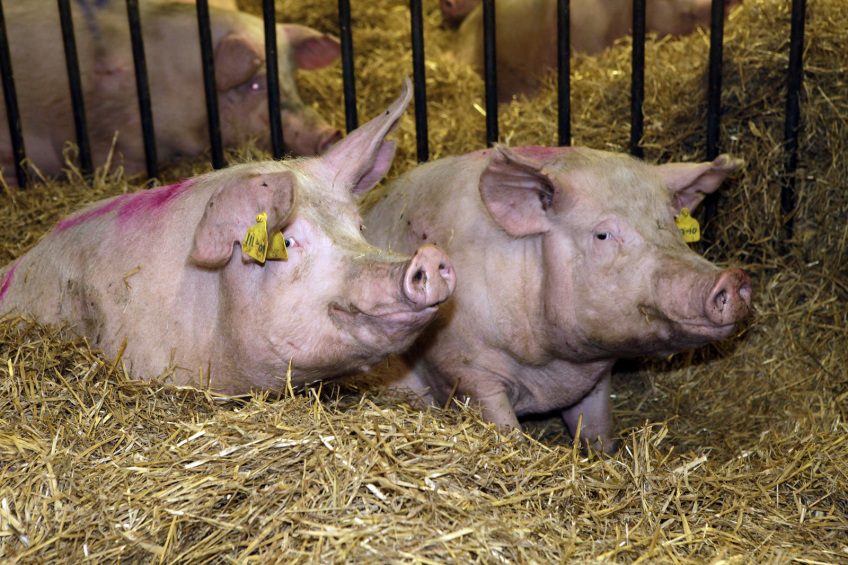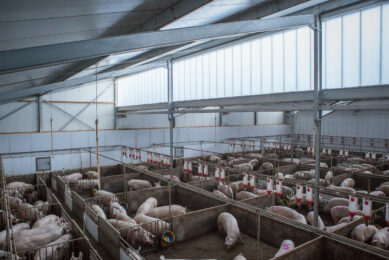Group housed sows adapt to mixing, shows study

Australian researchers have demonstrated mixing sows at weaning, or after mating, has no long term effect on welfare, according to Roger Campbell, CEO, Co-operative Research Centre for High Integrity Australian Pork (Pork CRC).
“And excellent reproduction will be achieved, provided sows are appropriately fed and carefully managed,” Dr Campbell said. A large study (Pork CRC Project 1C-105) by Paul Hemsworth, Animal Welfare Science Centre (AWSC), University of Melbourne and scientists from Pork CRC Participant, Rivalea Australia, suggested minimal long term impacts on reproduction and welfare from higher cortisol levels and aggression exhibited by sows immediately after mixing and at reduced floor space.
Aggressive interactions and cortisol levels
After investigating how floor spaces between 1.45 and 2.9 square metres affected the welfare and performance of sows grouped within four days of mating, Professor Hemsworth, like his AWSC colleague Dr Jean-Loup Rault in an associated Pork CRC study(Project 1C-111), found aggressive interactions and cortisol levels at day two after mixing declined with increasing floor space, but there were no effects at day 26.
Although floor space between 1.45 and 2.9 square metres had no long term effects on sow welfare or reproduction, aggression and cortisol levels were markedly affected by floor space immediately after mixing, says Campbell. “However, sows change their behaviour rapidly and these effects disappeared by day 26 and a corollary study showed the effects had actually disappeared by day nine.”
Pens without partitions
In this study the sows were floor fed 2.5 kg daily, spread over four feeds. They were housed in pens without partitions and the study ran for 72 weeks to cover all seasons. The results differed from a similar APL study at the same facility three years ago when the same effects of space and time on aggression and cortisol were observed and reported. “The difference was that farrowing rate improved in a linear fashion with increasing space at mixing in the APL study and this was particularly evident in summer,” Dr Campbell said. “In Pork CRC’s study, farrowing rate was some 10 percentage units higher (90+% vs 80%) than in the APL study and was unaffected by floor space.
No optimum or minimal floor space for group housed sows
The other difference in the two studies was that in APL’s the sows had never experienced group housing and the staff involved had never managed sows in groups. “In the Pork CRC study, the sows and staff had experienced group housing, which may have contributed to better performance.” According to Dr Campbell, the bottom line for Australia’s pork producers, the majority of whom (70% based on industry surveys) have moved to group housing, is there probably isn’t an optimum or minimal floor space for group housed sows as they adapt rapidly to mixing and to reduced floor space. “Pork CRC results show aggresssion and cortisol levels immediately after mixing can be reduced by increased space. This supports the mixing pen concept where sows are given more space in the week after grouping and then their space allowance can be reduced. Aggression at mixing and immediately after can’t be elimated and Pork CRC participant feedback is floor space of 1.8 to 2 square metres supports good performance.”











